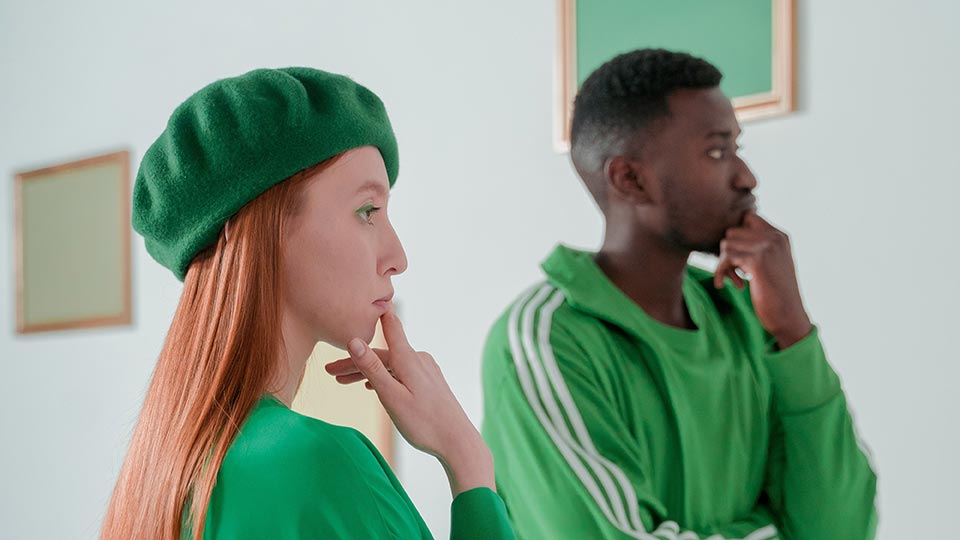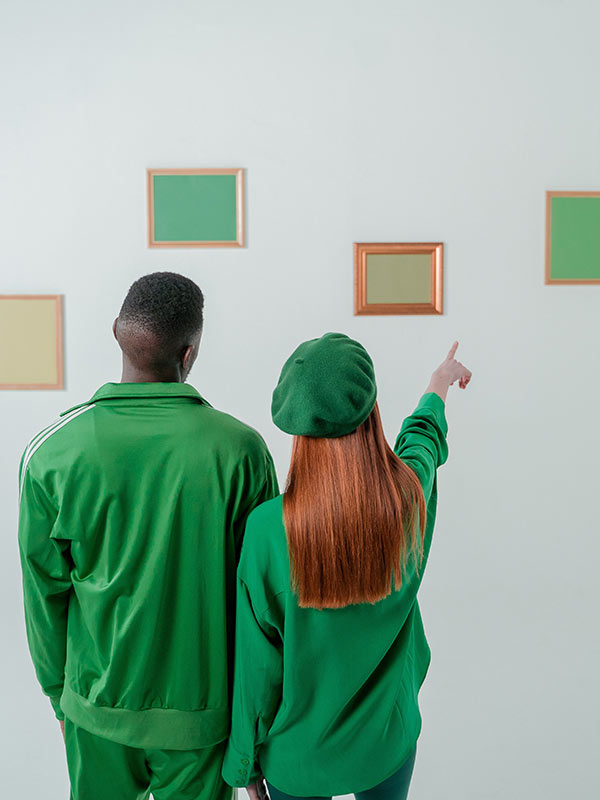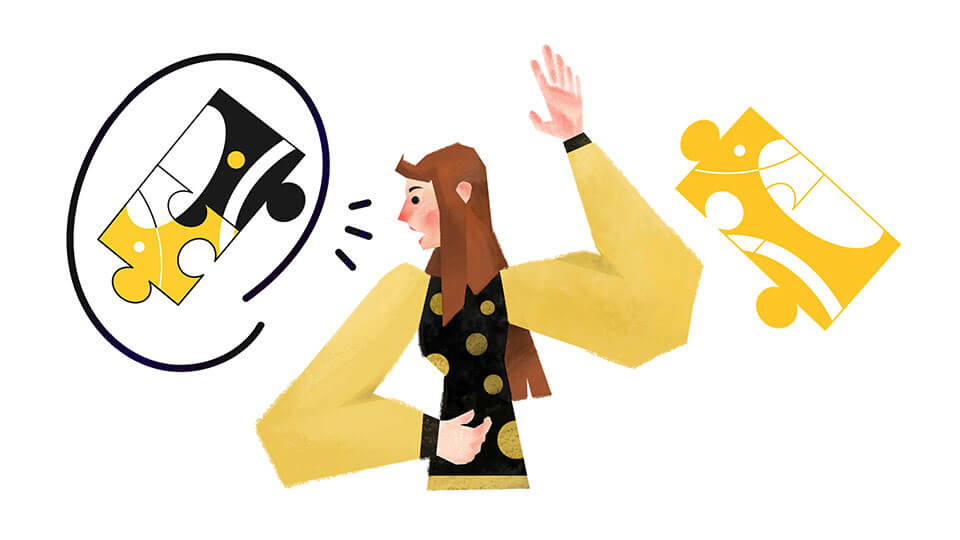Intellectual character
Assets | Critical thinking

The process of refining our beliefs through analysis, interpretation of evidence, inference, explanation, self-regulation, open-mindedness, and problem-solving.
1. Highlights
In a world in which we are bombarded with new information, opinions and ideas from many perspectives, we must analyze and assess our own beliefs and those of others, engaging our curiosity in carefully evaluating the world around us. Exploring new information and ideas, asking good questions and explaining why we believe what we believe — while having the humility to change our minds — are all part of being a critical thinker.
Analyze and assess our own beliefs and those of others
Explore and evaluate new information, perspectives and ideas
Be open to changing our minds in response to new or conflicting information
Critical thinking is a complex process that defies a simple definition. In the Principled Innovation framework, critical thinking builds on the Intellectual asset of truth-seeking, with its focus on considering multiple perspectives and evaluating sources of information to ensure that they are grounded in reality and objectivity. Critical thinking is also rooted in intellectual humility — as critical thinkers, we must be willing to question our own beliefs and open to changing our minds in response to new or conflicting information. Critical thinking is necessary for moral and ethical decision-making: by insisting on bringing together sufficient information to inform decision-making, it ensures that Principled Innovation moves away from egocentrism to consider one’s own beliefs in light of others’. Critical thinkers understand that as we engage in dialogue with others, our beliefs today become tomorrow’s biases, and the process of learning is never complete.


2. Context

Why do our brains love fake news?
Video
5 minutes
By: PBS
It’s time to get serious about teaching critical thinking
Article
15 minutes
By: Inside Higher Ed, Jonathan Haber
What is critical thinking (and why should I care)?
Video
5 minutes
By: SAGE Students, Thomas Chatfield
Evaluating quality of online information
Article
20 minutes
By: Julie Cairo
